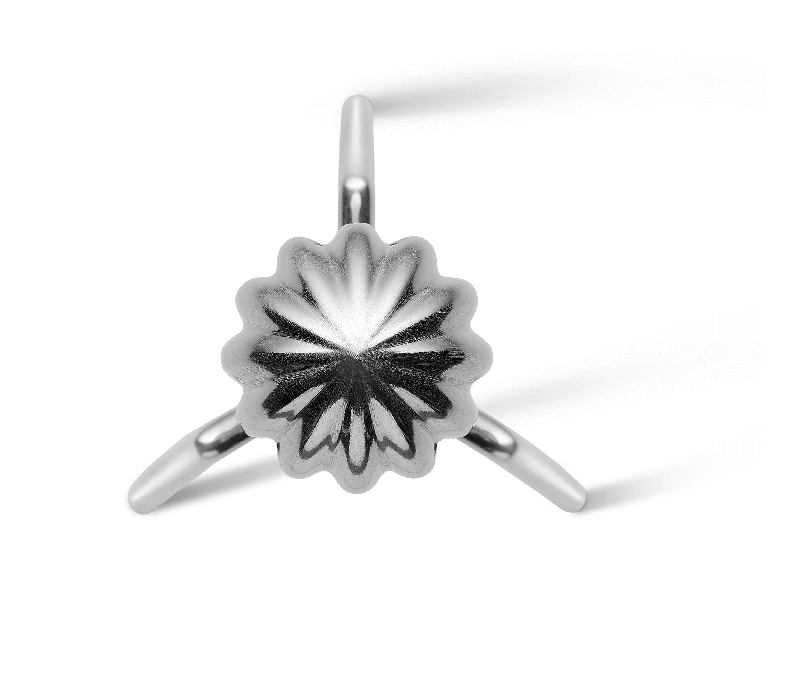
Why the Philippe Starck Juicy Salif Juicer Became a Design Icon
Share
At Studio Stella, we love design that dares to be different. And few objects embody that spirit better than the Philippe Starck Juicy Salif juicer. This iconic lemon squeezer has become one of the most recognisable pieces in modern design - even though it barely functions as a practical kitchen tool.
So, how did this peculiar juicer rise to cult status?
The story starts on the Amalfi Coast in the late 1980s. Philippe Starck, a visionary French designer, was enjoying a plate of squid when he spontaneously began sketching ideas for a juicer - not in a studio, but on a napkin. That sketch later evolved into the now-famous Alessi design juicer, known worldwide as Juicy Salif.

Sculptural, alien-like, and unapologetically bold, the Juicy Salif design object challenges our ideas of what household tools should look like. Crafted from polished aluminum with tall spindly legs, it looks more like a futuristic art piece than something you’d keep next to your fruit bowl.
And that’s exactly why it works.
While some critique its functionality, the Philippe Starck juicer was never meant to be the most efficient citrus squeezer. It was designed to provoke thought, conversation, and - yes - admiration. It became a symbol of the 1990s design movement: playful, ironic, and sculptural.

Today, the Juicy Salif lemon squeezer is part of major museum collections and design exhibitions worldwide. It’s a reminder that everyday objects can be reimagined into statements of form and creativity.
At Studio Stella, we celebrate pieces like these - objects that invite curiosity and push the boundaries of conventional design. The Juicy Salif juicer isn’t just a kitchen tool. It’s a story, a symbol, and a perfect example of design with a wink.
